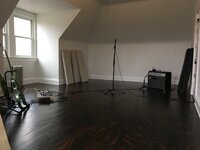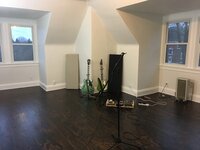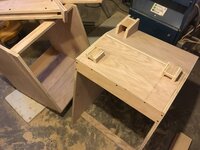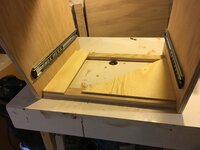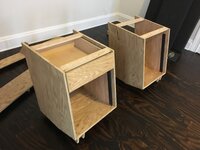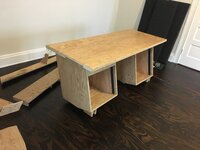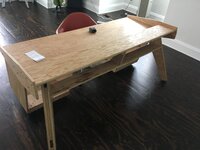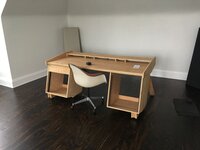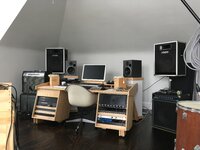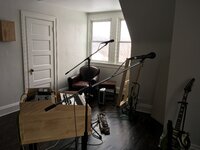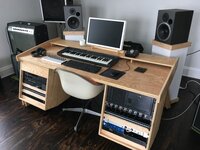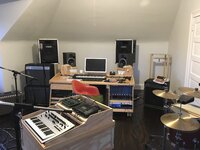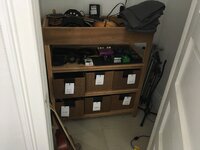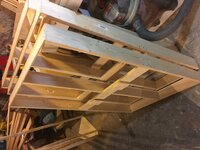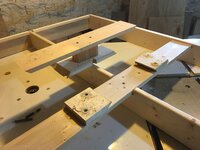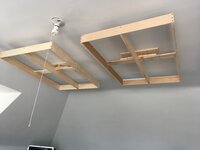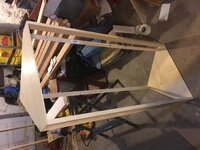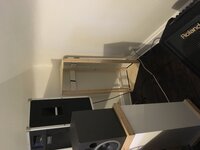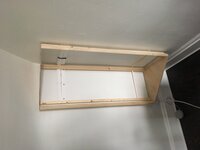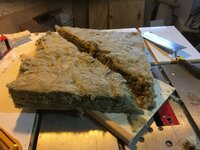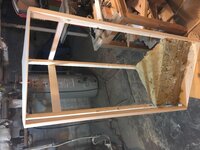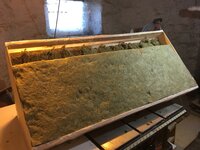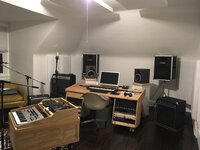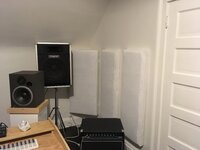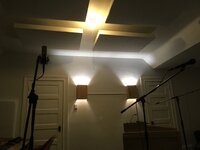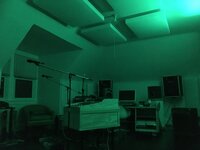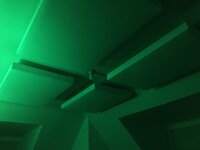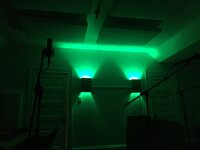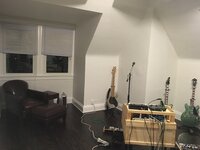keganheiss
New member
When I meant a room within a room, as a carpenter I mean clad out your existing walls and ceilings. 2" x 2"s on your existing structure with 2" acoustic rockwool then counter batten with 2" x 2" and another 2" acoustic insulation. You could put thicker on if required to give you more insulation. Then line with plasterboard/sheetrock and skim or tape, fill and paint. You would lose a minimum 4.5" off each wall. So reduce by 9" or more if required on width.
It would give you a much warmer more comfortable room exactly the same shape if you wanted. It would take about a week and if you are handy enough to do the floors you could do everything except the plastering or maybe you could do that also?
You could also tear the old plaster walls down as well but thats messy although a better job.
Good ideas, thanks! However I'm both loathe to lose the space especially since if I put a drywall cladding over insulation inside the room, I imagine I'd still need absorptive panels on top of that? I did consider ripping out the lath and plaster when I first saw the extent of the damage a previous owner had done when they ran electricity, especially since then I could have littered the walls with outlets and combo jacks. The scope of the work involved and the positive lead test on the paint on the walls took that option off the table--hazardous disposal considerations, third floor of the house + 30 steps to the curb, two young kids, etc. Anyway, that ship has sailed.

